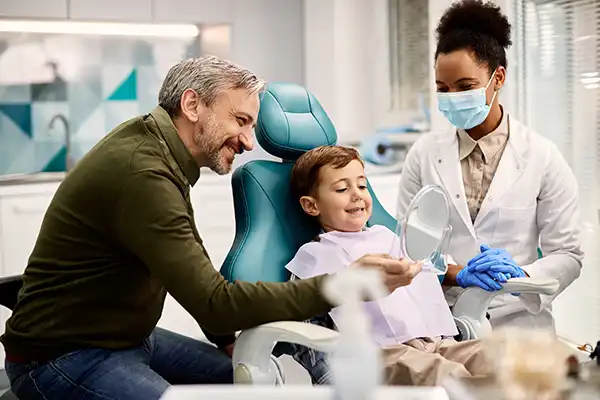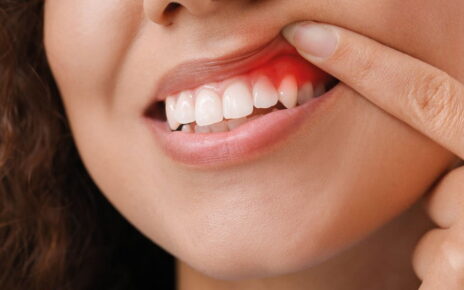Creating a positive dental experience for kids is crucial for lifelong oral health. Many children experience anxiety when visiting the dentist. Three key strategies can help ease their fears. First, it’s important to build a trusting relationship. Children should feel comfortable and safe. Talking to them in a gentle and friendly manner helps. Second, make dental visits fun. Consider scheduling appointments with a child-friendly dentist. An El Cajon dentist might offer a welcoming environment with toys or colorful decor. Lastly, educate children about dental care in an engaging way. Stories or simple demonstrations can make brushing and flossing exciting. By focusing on these three areas, we can help children develop a positive attitude toward dental care. Over time, this will lead to healthier habits and less fear. It’s about creating a foundation for a lifetime of smiles.
Building Trust with the Dentist
Establishing trust begins with the first visit. It is essential to choose a dentist who is patient and understanding. When kids feel respected and listened to, their anxiety decreases. They start to see the dentist as a friend rather than a stranger with tools. Consistent visits also play a role. Regular check-ups help children become familiar with the process. This familiarity builds confidence and reduces fear over time.
Creating a Fun Environment
Dental clinics designed with children in mind can make a significant difference. Bright colors, engaging decorations, and interactive waiting areas can transform a routine check-up into an adventure. Some clinics provide small rewards or incentives like stickers or toys after a visit. These little rewards can help children associate dental visits with positive outcomes. An office that incorporates these elements makes the experience more enjoyable for young patients.
Educational Engagement
Teaching children about dental care can be both fun and informative. Using storybooks or videos tailored for kids is a great way to introduce them to dental hygiene. Parents can also demonstrate proper brushing techniques using toys or by brushing together with their children. These activities turn learning into a game, making it more likely that kids will retain the information. Resources like the CDC’s Oral Health Tips offer valuable guidelines for parents looking to educate their children.
Understanding Children’s Dental Fears
Fear of the unknown is a common reason why children dread dental visits. To address this, parents and dentists can explain procedures in simple terms. Use analogies that children can relate to. For example, saying that the dentist is just “counting teeth” can make the process seem less intimidating. The goal is to demystify dental visits and make them seem routine.
Parental Involvement
Parents play a pivotal role in shaping their children’s attitudes toward dental care. Being present during a child’s appointment can offer reassurance. Parents can also set a positive example at home by practicing good oral hygiene themselves. Children often mimic the behavior of adults, so showing enthusiasm about dental care can encourage them to follow suit.
Comparing Dental Experiences: Child-Friendly vs. Traditional
| Aspect | Child-Friendly Dentist | Traditional Dentist |
|---|---|---|
| Environment | Colorful, playful, interactive | Sterile, minimal decor |
| Communication | Simple terms, encouraging | Standard medical language |
| Rewards | Stickers, toys | None or minimal |
The Role of Technology
Modern technology also contributes to a more positive experience. Some dental offices use interactive displays or virtual reality to distract children during procedures. This approach can reduce fear and make the visit feel more like play. It is an excellent way of introducing children to oral care in a non-threatening manner.
Looking to the Future
As we continue to understand the importance of creating positive dental experiences, more methods will emerge. Educators and dentists work together to innovate and improve the dental care journey for children. As attitudes shift, it becomes easier to instill lifelong healthy habits. For further information on children’s dental health, consider visiting the American Dental Association.
In conclusion, creating a positive dental experience for children involves building trust, creating fun environments, and engaging education. These efforts lead to better oral health and less anxiety. By fostering these experiences, we pave the way for healthier, happier smiles for generations to come.





